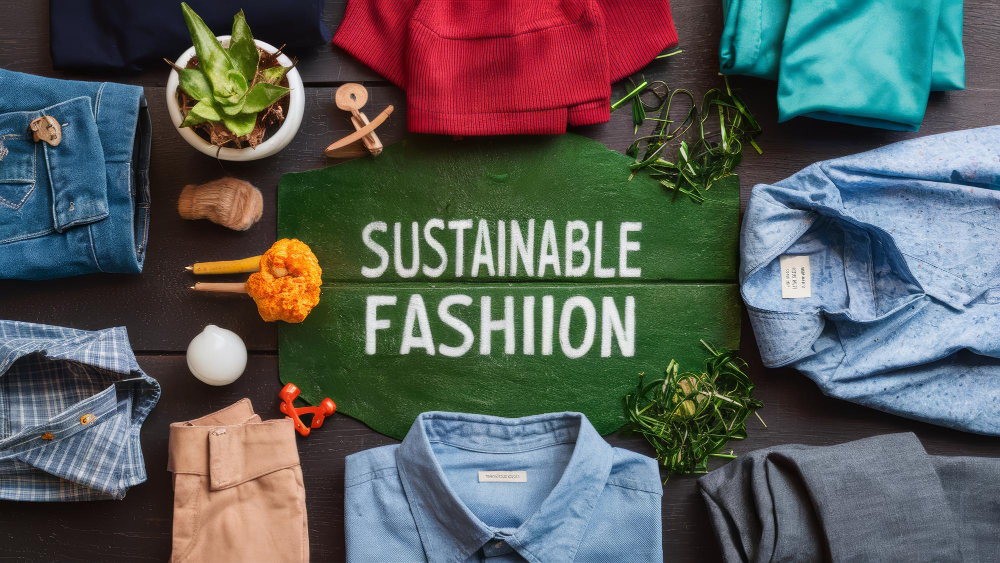
Product walkthrough, trial, POCs, enterprise offering, support and more. Speak with one of our specialists.


Product walkthrough, trial, POCs, enterprise offering, support and more. Speak with one of our specialists.

Sustainable living

The global fashion industry contributes around 10% of the world’s total greenhouse gas emissions, more than the combined emissions from aviation and shipping.[World Economic Forum]
This means that beyond style, the clothes we wear have a significant impact on the climate. With the rise of production, use of synthetic fibers, dyeing processes, and textile waste, conventional fashion continues to worsen environmental damage. [modaes.com]
As awareness of this issue grows, many local Indonesian brands have started to adopt sustainable fashion, a practice that considers both the environment and people throughout the entire product lifecycle: from raw materials, production, and distribution to disposal or reuse. Here are 7 local brands that have already implemented sustainable fashion principles in Indonesia.
This brand actively promotes slow fashion, using natural materials such as cotton, linen, and recycled textiles. [GREEN GARMENT INDONESIA]
They also have a “plant one tree” initiative for every product sold as part of their environmental restoration effort.[Kumparan]
Founded in 2016, Sukkha Citta uses organic cotton from regenerative farming, natural dyes made from local fruits and plants, and practices transparency throughout its production process. [GREEN GARMENT INDONESIA]
They also run take-back and upcycling programs to help reduce clothing waste.[GREEN GARMENT INDONESIA]
This streetwear brand, during the JFW 2025 showcase, launched its Fashion Evolution collection, which uses biodegradable viscose-rayon fibers produced in a more environmentally friendly way.[Asia Pacific Rayon]
They also repurpose production waste into creative fabric or new materials with functional value.[Petra Christian University Publications]
This ethnic-modern brand uses natural materials such as cotton, canvas, and linen, as well as natural dyes (for example, indigo from the Indigofera plant) to produce distinctive colors.
Their designs combine traditional and modern aesthetics while remaining environmentally conscious. [Tatler Asia]
Setali focuses on reducing textile waste by transforming pre-loved or excess clothing stock into new, artistic products while empowering local artisans. [Tatler Asia]
They are also active in educating the public about mindful clothing consumption and extending the life cycle of garments. [GREEN GARMENT INDONESIA]
Imaji Studio uses handwoven fabrics made from natural fibers, plant-based dyes, and reduces textile waste by turning leftover materials into accessories or additional products. [Hypeabis]
Its designs carry ethnic nuances and uphold the zero-waste principle. [GREEN GARMENT INDONESIA]
This brand applies zero-waste principles by repurposing leftover fabric into new products, avoiding zippers or plastic buttons, and using natural dyes such as Indigofera tinctoria for blue tones.[GREEN GARMENT INDONESIA]
Every clothing choice carries a carbon footprint, so choosing eco-friendly products can help reduce emissions.
Local sustainable brands usually keep production processes closer to communities, value social fairness, and reduce textile waste.
By offering support (buying, sharing, choosing materials, and maintaining clothes longer), we contribute to building a better and more sustainable fashion system.






















Jejakin’s green programs combine high-tech monitoring, biodiversity restoration, and community-led initiatives to deliver powerful, sustainable change across ecosystems.








